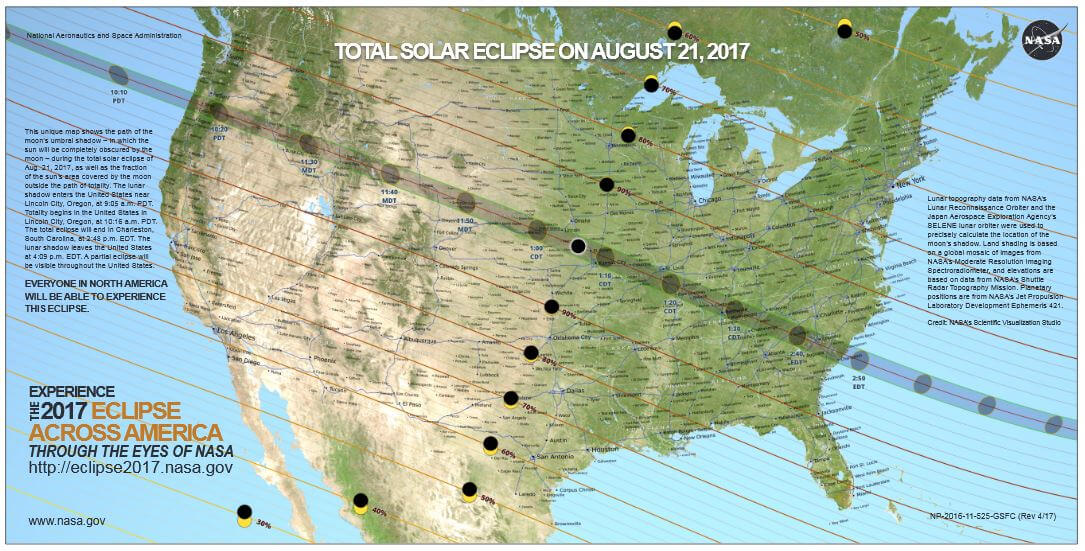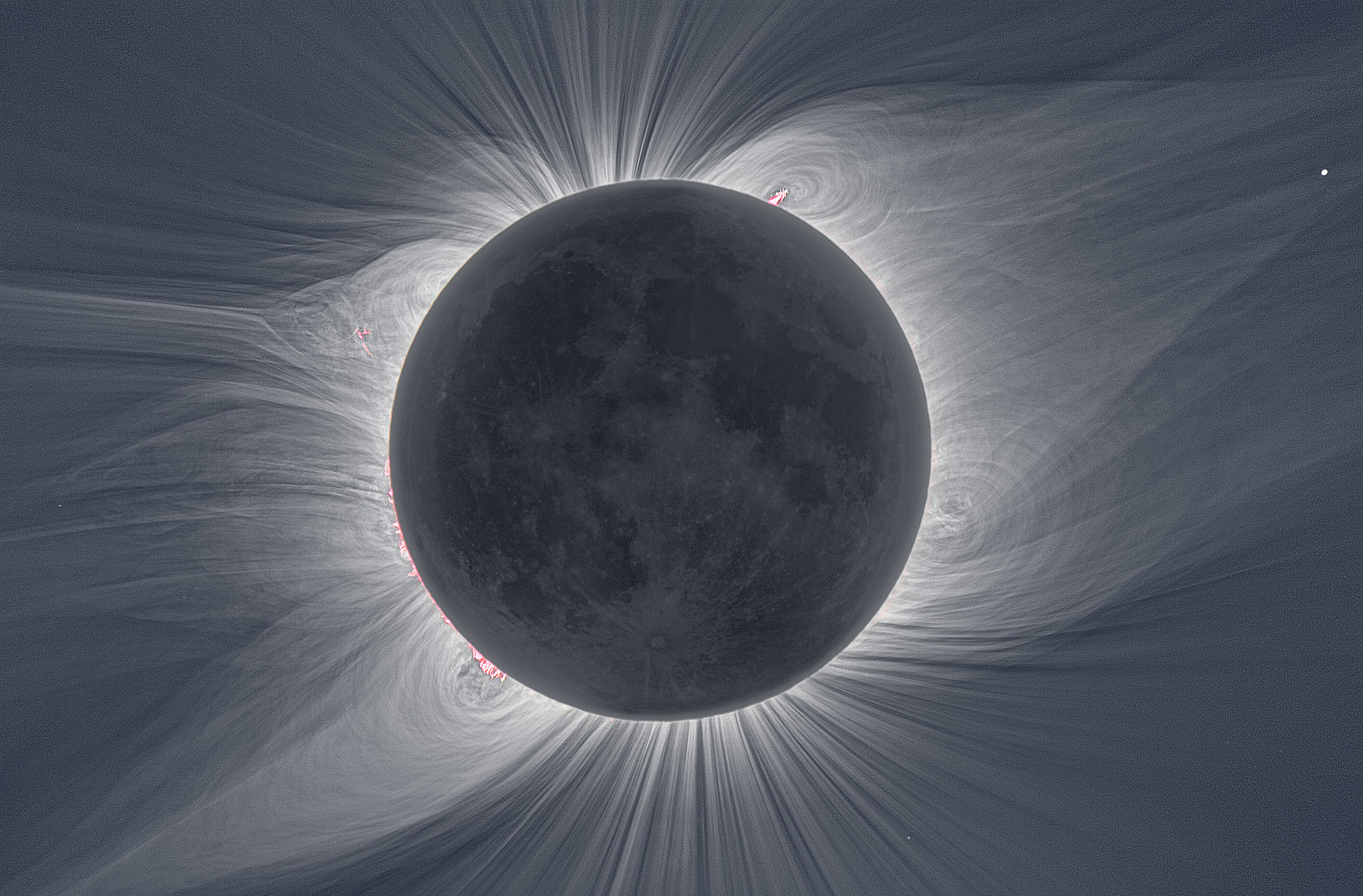If you are planning to view the total solar eclipse that will be crossing the United States on August 21, you better be ready because total viewing time will only be just over two minutes. This may seem like a long time, but it goes by faster than you think thanks to Sperling's "8-Second Law." However, astronomers at NASA plan to extend the total viewing time by almost five minutes by chasing the moon's shadow with two WB-57F jets from the 1960s.
Amir Caspi and his team of fellow scientists from the Southwest Research Institute in Boulder, Colorado, will use the two converted warplanes to fly in the path of the eclipse at 460 mph for just under four minutes each, which will extend the viewing time to seven and a half minutes.
This is not the first flight extending an eclipse's duration. For example, in 1973 scientists chased an eclipse for 74 minutes at Mach 2 in a Concorde. However, at supersonic speeds, air turbulence hampers telescopic observations.
Another eclipse-chasing flight occurred last year that was at an altitude of 35,000 feet at subsonic speed. It only lasted about three minutes but was extremely exciting for the astronomers on board.
The planes will launch from Johnson Space Center in Houston, Texas, and travel over Missouri, Illinois, and Tennessee at an altitude of 50,000 feet. The jets will use high definition cameras in their modified noses that will take 30 pictures per second. The high altitude will put the planes well over cloud cover, and the subsonic speeds should allow for the clearest pictures ever taken of a total eclipse.
The increase in altitude also means the sky will be 20-30 times darker than on the ground increasing the contrast.
Caspi says he hopes they will be able to capture nanoflares, small explosions that occur high above the sun's surface. Scientists have yet to see them visually, but the phenomena are theorized to be the cause of coronal heating and an explanation for why the sun's corona and magnetic fields seem to appear uniform.

The project is only one of 11 NASA funded eclipse studies, most of which are ground-based. Even though Caspi's team consists of several researchers, only four will be aboard the jets; one pilot and one equipment operator will be in each plane. "It's my first eclipse, but I'll be watching it from a monitor in Houston," Amir joked. In fact, NASA will be streaming the eclipse live. If you cannot see it from where you live, at least you can watch the space agency's broadcast.
The eclipse will follow a path through 15 US states including Oregon, Idaho, Montana, Wyoming, Nebraska, Iowa, Kansas, Missouri, Illinois, Kentucky, Tennessee, Georgia, and North and South Carolina. The width of the moon's shadow is only 70 miles wide though, so only a select few areas in these states will have the best views for totality. Partial eclipses will be viewable throughout the rest of North America.
The next total eclipse to cross the United States will not occur until 2024, so if you are in the path of this one be sure to catch it. It might be your only chance to see a total eclipse in your lifetime.
